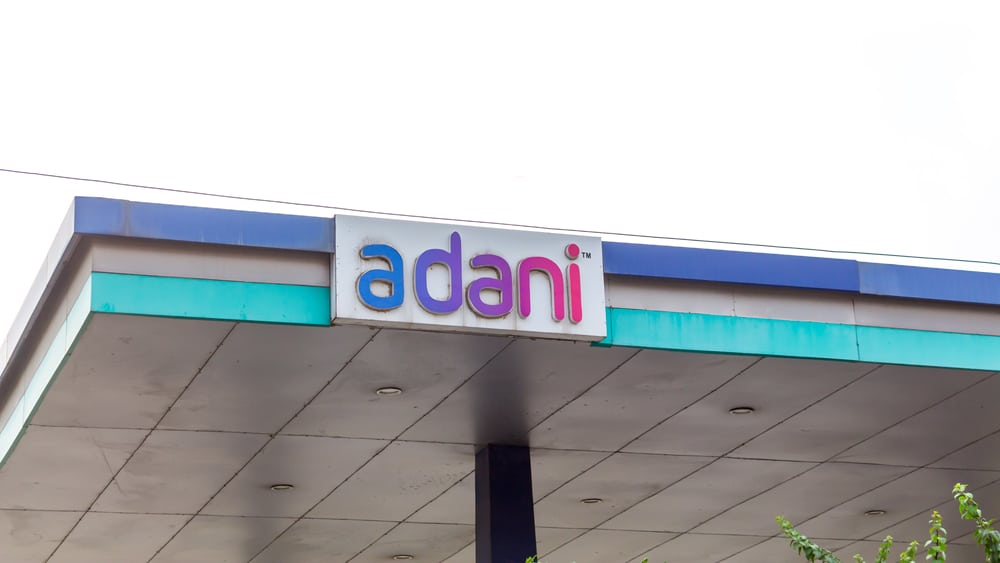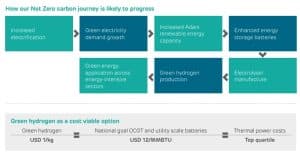In a big move, Adani Group’s chairman Mr. Gautam Adani announced an investment of over USD 100B (around Rs 8,340 crore) in green energy transition projects and manufacturing capabilities on June 19th.
Adani Group revealed its ambitious plan at the “Infrastructure – the Catalyst for India’s Future” event hosted by Crisil (an S&P Global Company). The visionary himself unveiled plans to develop solar parks and wind farms. However, constructing cutting-edge infrastructure to manufacture electrolyzers for green hydrogen, wind turbines, and solar panels will be the prime goal of this ambitious project.
Mr. Gautam Adani said,
“The next decade will see us invest more than USD 100 billion in the energy transition space and further expand our integrated renewable energy value chain that today already spans the manufacturing of every major component required for green energy generation,” he said.
Adani’s Vision: Green Hydrogen as the Key to India’s Sustainable Future
Green hydrogen, which is made by splitting hydrogen from water with the help of electrolyzers powered by clean energy is poised to be a game-changer for decarbonizing industry and transportation.
Mr. Adani hails green hydrogen as the ultimate source of dense green energy.
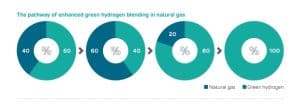
In the fight against climate change, renewable energy production is surging. It’s also becoming cheaper as capacities rise and costs fall. This trend has significant implications for green hydrogen production. Adani is confident in overcoming challenges and envisions a hydrogen-driven revolution that will transform and energize India at lower costs. Most significantly, it aligns with the government’s ‘National Hydrogen Mission,’ a crucial part of India’s alternative energy portfolio.
Image: Adani’s net zero pathway
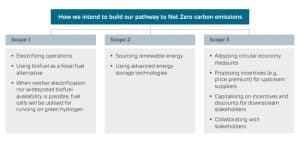
From a blog post of the Adani group, we discovered that Mr. Adani described clean hydrogen production as the “key link” that could make India an “exporter of green energy,” a prospect unimaginable just five years ago. He believes staunchly that abundant green power will help India achieve its net zero goals and support economic growth, especially in rural areas. Based on this evaluation, he noted that,
“The integration of renewable energy, green fuels, and technologies like AI will drive India toward becoming a $28 trillion economy by 2050.”
Adani Group aims to produce the world’s least expensive green hydrogen.
It will serve as a feedstock for multiple sectors to achieve sustainability targets. He further unveiled that,
“To make this happen, we are already constructing the world’s largest single-site renewable energy park at Khavda in Gujarat’s Kutch region. This single site will generate 30 GW of power, bringing our total renewable energy capacity to 50 GW by 2030,”
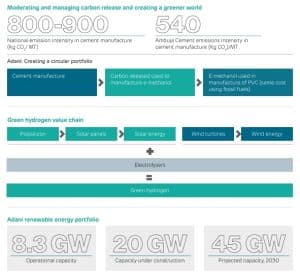
Some notable environmental impacts of Adani’s historic green hydrogen mission evaluated by the man himself will be:
- Massive boost to global energy transition market which is expected to grow from $3 trillion in 2023 to $6 trillion by 2030 and double every 10 years until 2050.
- Achieve India’s target to install 500 GW of renewable energy capacity by 2030. It requires annual investments of over $150 billion.
Mr. Gautam Adani stated that the transition to green energy in India is expected to create millions of new jobs across sectors like solar and wind energy, energy storage, hydrogen, EV charging stations, and grid infrastructure development. This is a bonus to controlling GHG emissions.
Pioneering Green Energy Solutions with Adani New Industries Ltd. (ANIL)
Adani New Industries Ltd. (ANIL), a subsidiary of Adani Enterprise Limited, is spearheading a modern, integrated green energy platform focused on green hydrogen. This ambitious initiative aims to establish a comprehensive ecosystem powered by low-cost renewable energy.
ANIL plans to invest USD 50 billion over the next decade to scale up green hydrogen production.
-
It plans to start with an initial phase targeting 1MMTPA and aiming to lower production costs to less than USD 2/kg.
The company is also developing in-house electrolyzer technology with a projected annual capacity of up to 5 GW, underscoring its commitment to clean energy transition and decarbonization.
Adani integrates green hydrogen across its portfolio, driving initiatives like the production of green ammonia, urea, and methanol.
These efforts include building infrastructure for green hydrogen compression, storage, and synthesizers for downstream products like ammonia-urea-methanol. Adani aims to leverage its proprietary manufacturing capabilities to deliver competitive green hydrogen solutions.
“Data is the New Oil”, says Gautam Adani
Integrating AI and Renewable Energy
The Adani Group has developed outstanding national assets that contribute significantly to India’s economic growth and create exceptional value for its stakeholders.
He emphasized that data is the “new oil” of digital infrastructure. From his viewpoint, data centers have the most critical infrastructure. They power all computational needs, especially AI workloads such as machine learning algorithms, natural language processing, computer vision, and deep learning. However, this requires massive amounts of energy, making data centers one of the largest energy-consuming industries in the world.
- Consequently, it also makes the energy transition more complex, raising electricity prices, which are already high due to climate change and demand growth.
He added that the infrastructure for energy transition and digital transformation is now inseparable, with the technology sector becoming the largest consumer of valuable green electrons.
source: Adani
With a massive investment plan in green hydrogen, one can foresee Adani Group positioning itself as a pivotal player in the global shift towards sustainable energy solutions and a low-carbon future.

